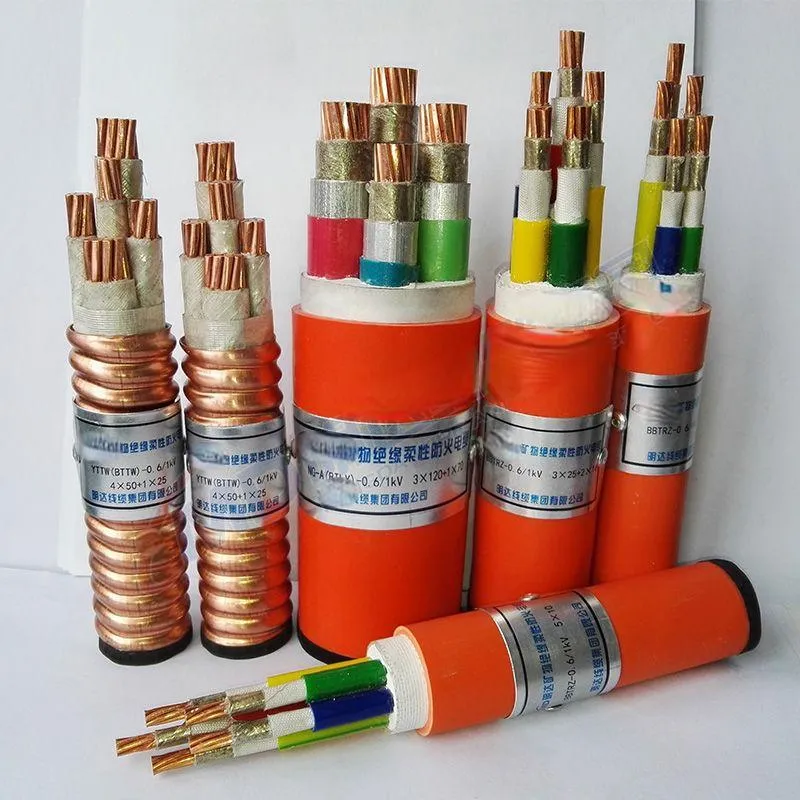Desemba . 04, 2024 07:47 Back to list
industrial swing check valve
Understanding Industrial Swing Check Valves A Comprehensive Overview
In industrial applications, the reliable flow of fluids is a critical component of efficient operations. One vital component that ensures the unidirectional flow of liquid in pipelines is the swing check valve. This article delves into the functionality, design, applications, and benefits of industrial swing check valves.
What is a Swing Check Valve?
A swing check valve is a type of mechanical valve that allows fluid to flow in one direction while preventing backflow. It operates automatically, relying on the media flow to open and close the valve. The key feature of a swing check valve is its disc, which swings on a pivot hinge. When fluid moves through the valve in the designated direction, the disc opens. When the fluid tries to reverse direction, the disc swings back and seals against the valve seat, preventing any backflow.
Design and Construction
Swing check valves are typically constructed from durable materials such as cast iron, stainless steel, or bronze, making them suitable for a wide range of industries. They come in various sizes and pressure ratings, accommodating different flow requirements. The valve’s design includes a disc, a hinge, a body, and a seat. The disc can be either a solid disc or a semi-rotating disc, depending on the application.
In terms of installation, swing check valves can be positioned horizontally or vertically, although they are more commonly installed in horizontal pipelines. It is essential to consider the flow direction during installation and ensure that the valve is mounted correctly, as improper installation can lead to failures and inefficiencies.
Applications of Swing Check Valves
Swing check valves are widely used across various industries, including
1. Water and Wastewater Treatment They prevent backflow in filtration systems and effluent discharge lines, ensuring clean and safe water management. 2. Oil and Gas In the oil and gas sector, these valves are used to protect pumps and compressors from reverse flow, safeguarding equipment and maintaining operational efficiency.
3. HVAC Systems Used in heating and cooling systems, swing check valves ensure that thermal fluids flow efficiently and prevent unwanted backflow that can disrupt system performance.
industrial swing check valve

5. Power Generation In power plants, swing check valves play a crucial role in preventing backflow in boiler feedwater and cooling water systems.
Benefits of Swing Check Valves
1. Simple Design The straightforward design of swing check valves means fewer components, which translates to lower maintenance costs and easy operation.
2. Low Pressure Drop Compared to other types of check valves, swing check valves offer a lower pressure drop, ensuring efficient fluid flow and minimal energy loss.
3. Versatility With various sizes and materials available, swing check valves can be customized for specific applications, making them suitable for a diverse range of industries.
4. Durability Constructed from robust materials, swing check valves are designed to withstand harsh environmental conditions, providing long-lasting performance and reliability.
5. Automatic Operation Since these valves operate automatically in response to fluid flow, they reduce the need for manual control and enhance system efficiency.
Conclusion
In summary, industrial swing check valves are essential components in many applications requiring controlled fluid flow. Their unique design, combined with the benefits of automatic operation and low pressure drop, makes them highly effective at preventing backflow and ensuring optimal system performance. As industries continue to evolve, the importance of reliable fluid handling solutions, such as swing check valves, will undoubtedly grow, solidifying their place as a fundamental element in industrial infrastructure. Understanding their functions and applications can help engineers and operators select the right valve for their specific needs, ultimately leading to increased operational efficiency and safety.
Share
-
priming-a-pump-with-a-foot-valve-with-strainerNewsAug.23,2025
-
the-importance-of-a-y-strainer-in-pump-protectionNewsAug.23,2025
-
stainless-steel-ball-check-valve-for-high-purity-applicationsNewsAug.23,2025
-
common-applications-for-wafer-type-butterfly-valvesNewsAug.23,2025
-
seat-options-for-a-12-inch-knife-gate-valveNewsAug.23,2025
-
the-lifespan-of-a-typical-dismantling-jointNewsAug.23,2025


